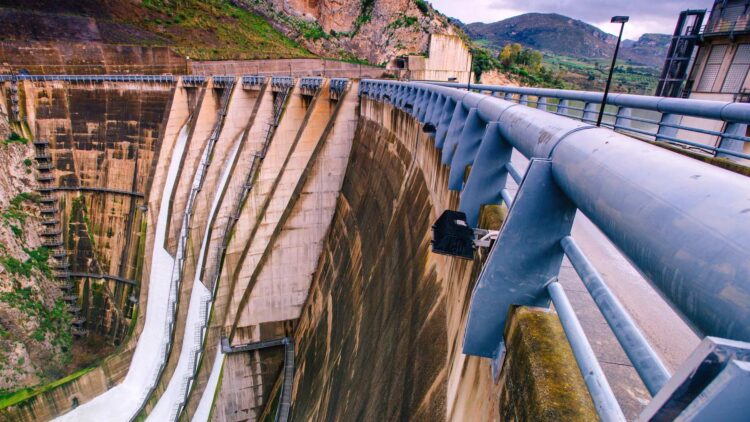China is doing it again and building something extraordinary. People depend on rivers’ constant flow to power their industries, water their crops, and light their homes all across the world. Massive hydropower projects are once again in the news as nations search for better energy sources in response to climate change. However, the consequences of building a dam on one of the world’s major rivers can extend well beyond the immediate neighbourhood, altering the surrounding environment, igniting political unrest, and posing issues over who has authority over the water that crosses international borders.
China’s powerhouse of a dam, and it will be the largest hydropower dam
China’s Premier Li Qiang announced the start of construction on what will be the world’s largest hydropower dam, located on the eastern rim of the Tibetan plateau and estimated to cost around $170 billion, the official Xinhua news agency said. The project is part of China’s push to expand renewable energy and reduce carbon emissions.
Consisting of five cascade hydropower stations, the dam will be located in the lower reaches of the Yarlung Zangbo River and could affect millions downstream in India and Bangladesh. Li described the hydropower project as a,
“Project of the century and must be placed on ecological conservation to prevent environmental damage.”
There are concerns about how the dam will affect the environment and livelihoods
Authorities have not indicated how many people the Tibet project would displace and how it would affect the local ecosystem, one of the richest and most diverse on the plateau. But according to Chinese officials, hydropower projects in Tibet will not have a major impact on the environment or on downstream water supplies. India and Bangladesh have, nevertheless, raised concerns about the dam.
NGOs, including the International Campaign for Tibet, say the dam will irreversibly harm the Tibetan plateau and that millions of people downstream will face severe livelihood disruptions. The dam is estimated to have a capacity of 300 billion kilowatt-hours of electricity annually and is expected to help meet local energy demand in Tibet and the rest of China.
Concerns could be:
- Will the dam provide clean water?
- Will more people have to vacate their places, too?
- Is there a guarantee that the dam will remain good for the environment for long?
Environmentalists and India are paying close attention
However, not everyone is as excited about the project as Chinese leaders are, who call it a step forward. India, which is downstream of Tibet’s rivers, is concerned about the potential effects of the massive project on water security and the fragile Brahmaputra ecosystem. One of the most significant rivers in the area, the Brahmaputra supplies food for millions of people and vast farmlands in Bangladesh and northeastern India.
The project will play a major role in meeting China’s carbon peaking and carbon neutrality goals, stimulate related industries such as engineering, and create jobs in Tibet, Xinhua said in December when the project was first announced. A section of the Yarlung Zangbo falls a dramatic 2,000 meters (6,561 feet) within a short span of 50 km (31 miles), offering huge hydropower potential.
The Yarlung Zangbo becomes the Brahmaputra River as it leaves Tibet and flows south into India’s Arunachal Pradesh and Assam states and finally into Bangladesh. China has already started hydropower generation on the upper reaches of the Yarlung Zangbo, which flows from the west to the east of Tibet. What follows will rely not only on how China constructs the dam but also on how transparently it collaborates with its neighbours, pays attention to local opinions, and strikes a balance between its need for clean energy and the shared duty to preserve one of Asia’s finest rivers.

